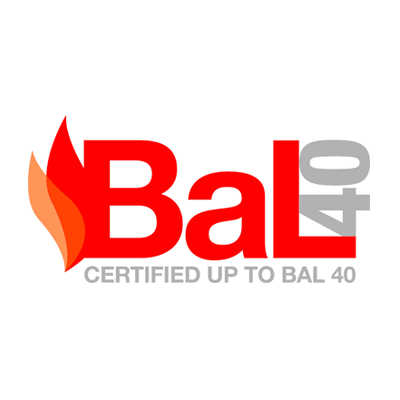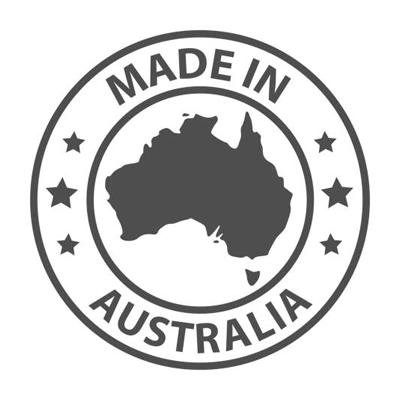1. MATERIAL AND SUPPLY COMPANY IDENTIFICATION |
||||||||||||||||||||||||
|
Product name: Wood/Plastic Composite Decking Material. Recommended use: For Decking and Screening. Supplier: Deck Tech Australia ABN: 40 767 877 596 Street Address: 41 Denninup Way Malaga 6090 Telephone: +618 6296 4413 |
||||||||||||||||||||||||
2. HAZARDS IDENTIFICATION |
||||||||||||||||||||||||
|
Based on available information, this material is not classified as hazardous according to criteria of Safe Work Australia. |
||||||||||||||||||||||||
3. COMPOSITION INFORMATION |
||||||||||||||||||||||||
|
CHEMICAL ENTITY CAS NO PROPORTION Ingredients determined to be Non-Hazardous 10. |
||||||||||||||||||||||||
4. FIRST AID MEASURES |
||||||||||||||||||||||||
|
If poisoning occurs, contact a doctor or Poisons Information Centre (Phone Australia 131 126, New Zealand 0800 764 766).
Inhalation: Remove victim from exposure - avoid becoming a casualty. Remove contaminated clothing and loosen remaining
clothing. Allow patient to assume most comfortable position and keep warm. Keep at rest until fully recovered. Seek medical
advice if effects persist. |
||||||||||||||||||||||||
5. FIRE FIGHTING MEASURES |
||||||||||||||||||||||||
|
Hazchem Code: Not applicable. Suitable extinguishing media: If material is involved in a fire use water fog (or if unavailable fine water spray), alcohol resistant foam, standard foam, dry agent (carbon dioxide, dry chemical powder). Specific hazards: Combustible material. Firefighting further advice: On burning or decomposing may emit toxic fumes. Fire fighters to wear self-contained breathing apparatus and suitable protective clothing if risk of exposure to vapour or products of combustion or decomposition. |
||||||||||||||||||||||||
6. ACCIDENTAL RELEASE MEASURES |
||||||||||||||||||||||||
|
SMALL SPILLS: Wear protective equipment to prevent skin and eye contamination. Avoid inhalation of vapours or dust. Wipe up with absorbent (clean rag or paper towels). Collect and seal in properly labelled containers or drums for disposal. |
||||||||||||||||||||||||
7. HANDLING AND STORAGE |
||||||||||||||||||||||||
|
Handling: Avoid eye contact and repeated or prolonged skin contact. Avoid inhalation of dust. |
||||||||||||||||||||||||
8. EXPOSURE CONTROLS / PERSONAL PROTECTION |
||||||||||||||||||||||||
|
National occupational exposure limits: No value assigned for this specific material by Safe Work Australia. |
||||||||||||||||||||||||
9. SAFETY DATA SHEET - PHYSICAL AND CHEMICAL PROPERTIES |
||||||||||||||||||||||||
|
||||||||||||||||||||||||
10 STABILITY AND REACTIVITY |
||||||||||||||||||||||||
|
Chemical stability : This material is thermally stable when stored and used as directed. Conditions to avoid :Elevated temperatures and sources of ignition. Incompatible materials: Oxidising agents. Hazardous decomposition products: Oxides of carbon and nitrogen, smoke and other toxic fumes. Hazardous reactions : No known hazardous reactions. |
||||||||||||||||||||||||
11. TOXICOLOGICAL INFORMATION |
||||||||||||||||||||||||
|
No adverse health effects expected if the product is handled in accordance with this Safety Data Sheet and the product label. Symptoms or effects that may arise if the product is mishandled and overexposure occurs are: |
||||||||||||||||||||||||
12. ECOLOGICAL INFORMATION |
||||||||||||||||||||||||
|
AVOID CONTAMINATING WATERWAYS |
||||||||||||||||||||||||
13. DISPOSAL CONSIDERATIONS |
||||||||||||||||||||||||
|
Persons conducting disposal, recycling or reclamation activities should ensure that appropriate personal protection equipment is used, see "Section 8. Exposure Controls and Personal Protection" of this SDS. |
||||||||||||||||||||||||
14. TRANSPORT INFORMATION |
||||||||||||||||||||||||
|
ROAD AND RAIL TRANSPORT Not classified as Dangerous Goods by the criteria of the "Australian Code for the Transport of Dangerous Goods by Road & Rail" and the "New Zealand NZS5433: Transport of Dangerous Goods on Land". |
||||||||||||||||||||||||
15. REGULATORY INFORMATION |
||||||||||||||||||||||||
|
This material is not subject to the following international agreements: |
||||||||||||||||||||||||
16. OTHER INFORMATION |
||||||||||||||||||||||||
|
Reasons for issue: Revised Format changeThis information was prepared in good faith from the best information available at the time of issue. It is based on the present level of research and to this extent we believe it is accurate. However, no guarantee of accuracy is made or implied and since conditions of use are beyond our control, all information relevant to usage is offered without warranty. The manufacturer will not be held responsible for any unauthorised use of this information or for any modified or altered versions. |

ADDRESS - 401 Victoria Road, MALAGA, WESTERN AUSTRALIA, 6090.
E- MAIL - sales@dtaus.com.au
MOBILE -
(+61)422 922 220
OFFICE - (+61)8 6478 2820



